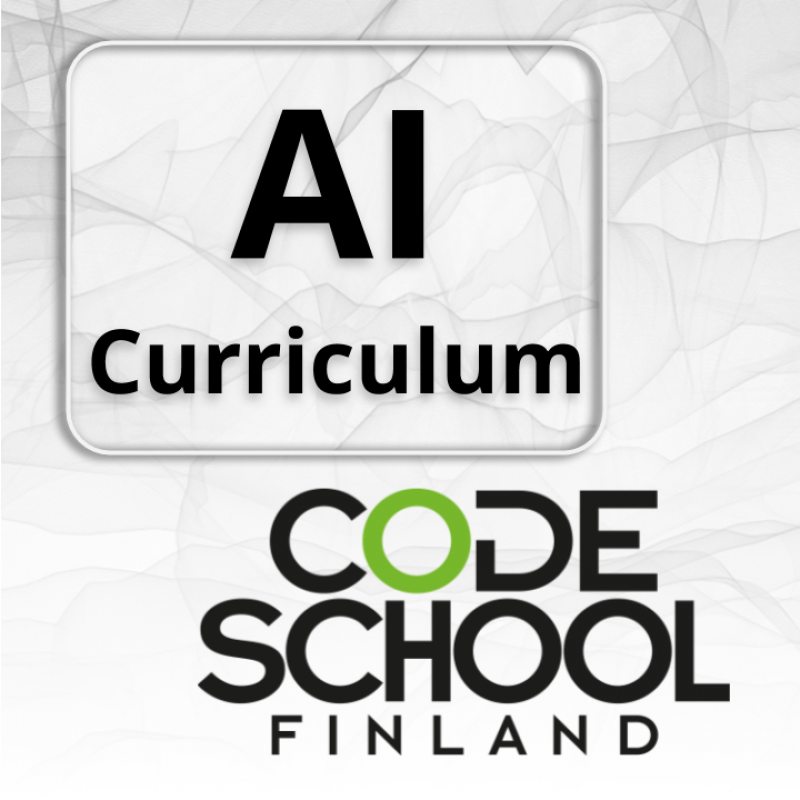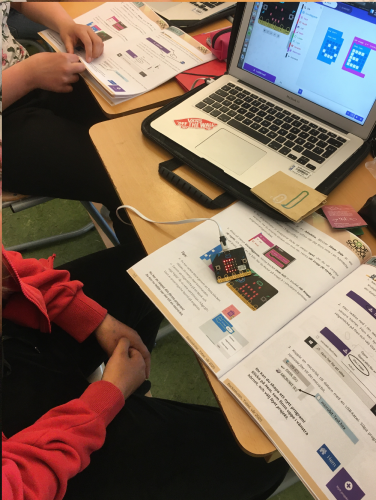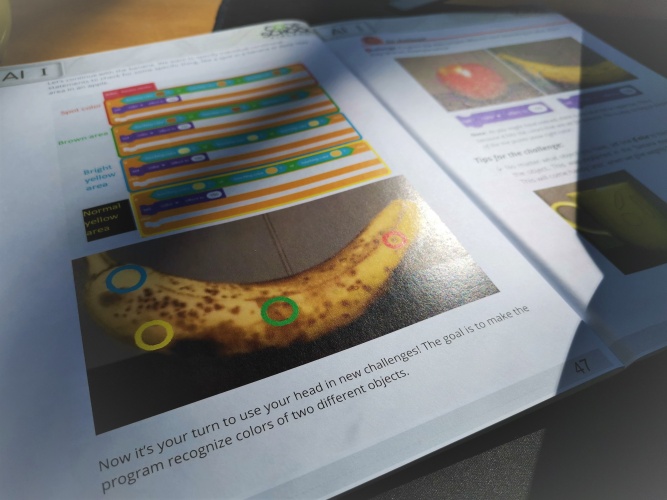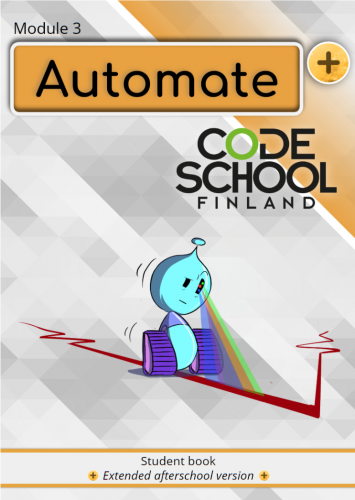Create and debug simple programs.
Use logical reasoning to predict the behaviour of simple programs.
Use technology purposefully to create, organise, store, manipulate and retrieve digital content.
Recognise common uses of information technology beyond school.
Understand what algorithms are; how they are implemented as programs on digital devices; and that programs execute by following precise and unambiguous instructions.
Design, write and debug programs that accomplish specific goals, including controlling or simulating physical systems; solve problems by decomposing them into smaller parts.
Use sequence, selection, and repetition in programs; work with variables and various forms of input and output.
Use logical reasoning to explain how some simple algorithms work and to detect and correct errors in algorithms and programs.
Use search technologies effectively, appreciate how results are selected and ranked, and be discerning in evaluating digital content.
Select, use and combine a variety of software (including internet services) on a range of digital devices to design and create a range of programs, systems and content that accomplish given goals, including collecting, analysing, evaluating and presenting data and information.
Learn to analyse problems in computational terms
Make appropriate use of data structures.
Achieve challenging goals, including collecting and analysing data and meeting the needs of known users.
Be responsible, competent, confident and creative users of information and communication technology.
Design and develop modular programs that use procedures or functions.
Understand and apply the fundamental principles and concepts of computer science, including abstraction, logic, algorithms and data representation.
Understand how data of various types can be represented and manipulated digitally, in the form of binary digits.
Understand how numbers can be represented in binary, and be able to carry out simple operations on binary numbers.
Understand several key algorithms that reflect computational thinking.
Understand simple Boolean logic and some of its uses in circuits and programming.
Understand the hardware and software components that make up computer systems.
Undertake creative projects that involve selecting, using, and combining multiple applications, preferably across a range of devices.
Use logical reasoning to compare the utility of alternative algorithms for the same problem.
Use two or more programming languages, at least one of which is textual, to solve a variety of computational problems.






User reviews for Code School Finland AI Curriculum
You need to log in to post a review.